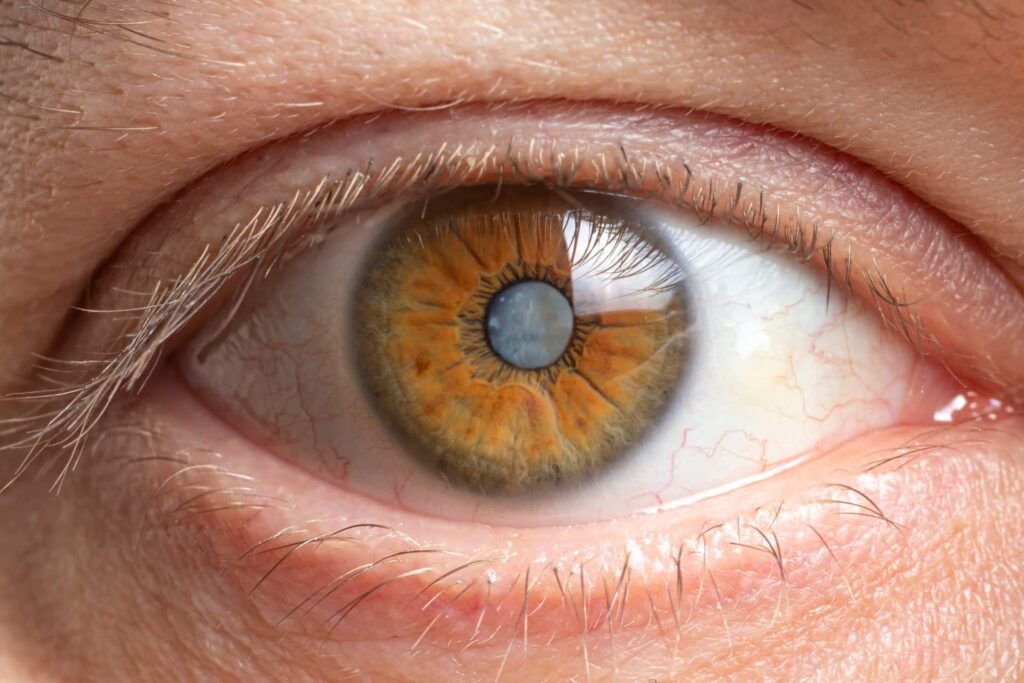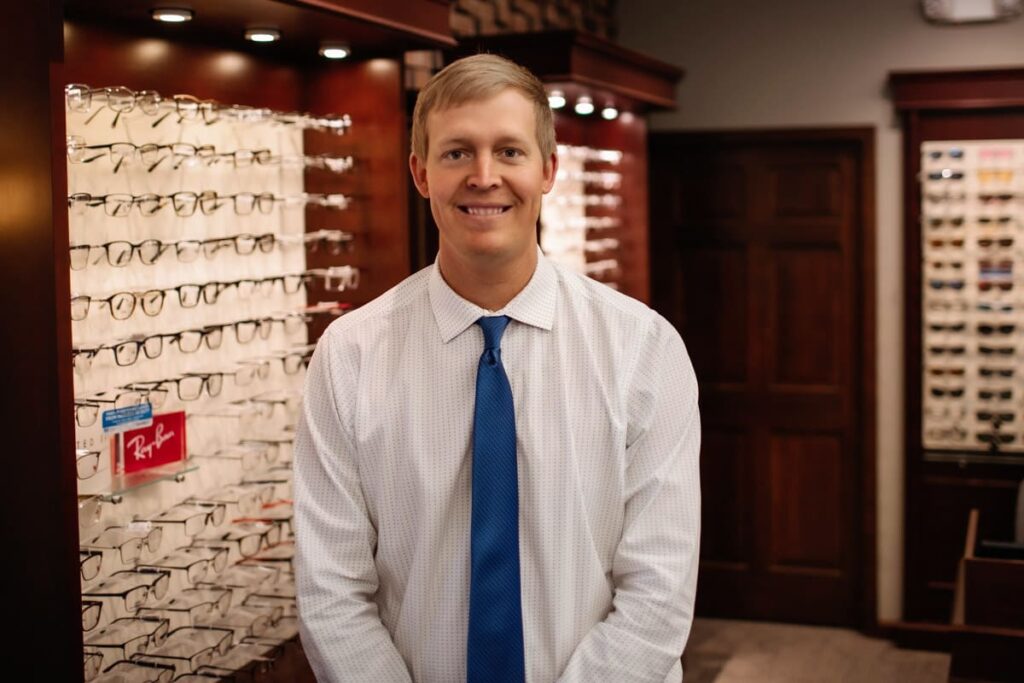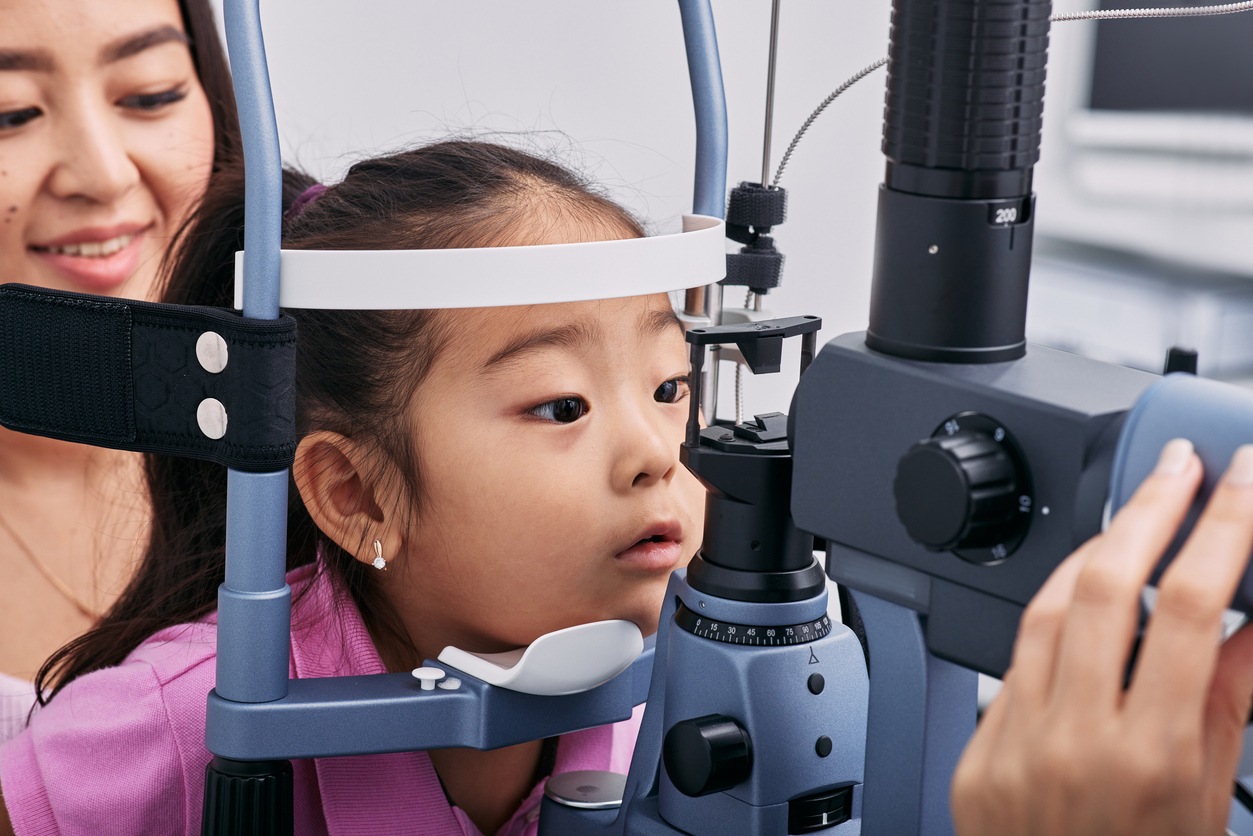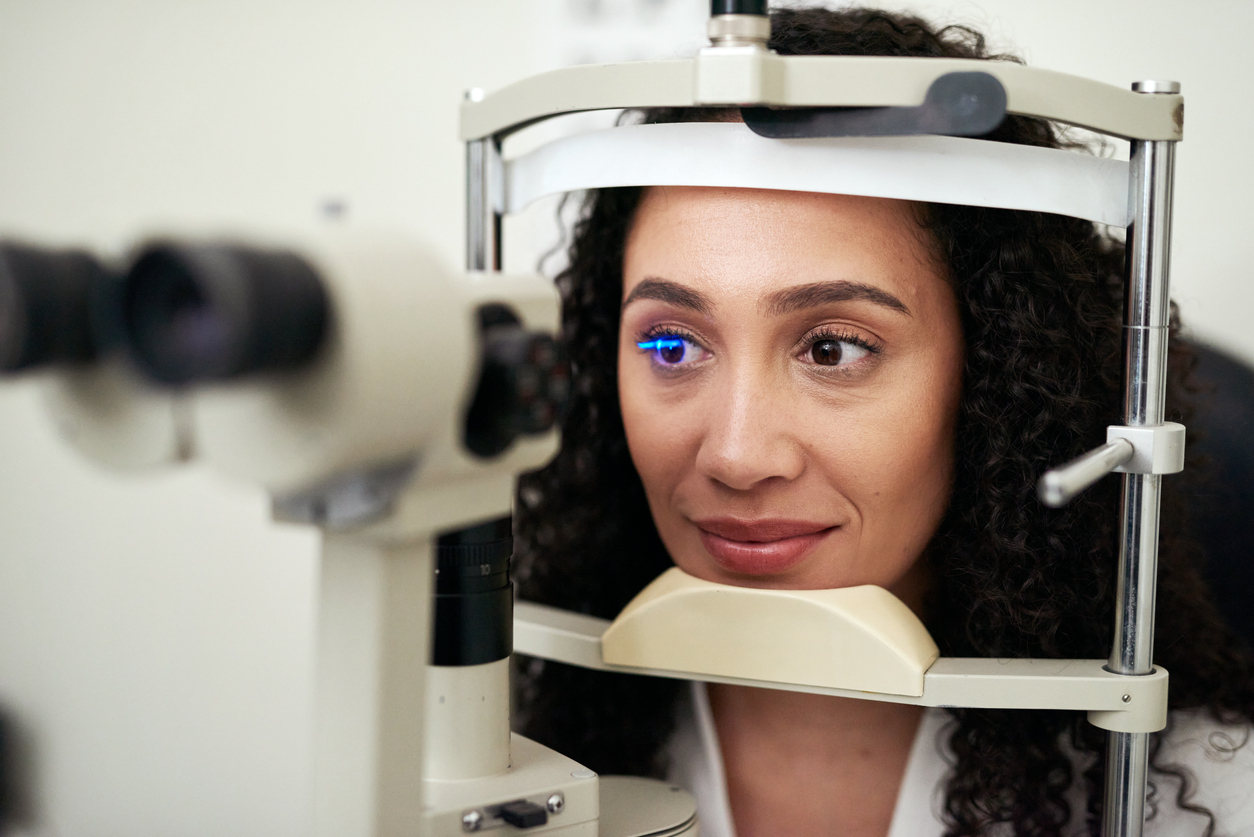As a parent, your little one’s health and well-being are your number one priority. A…
Ways Cataracts Can Affect Your Vision

Just like the smudges and clouding on the lenses of an old, unfashionable pair of sunglasses that you usually leave in your glovebox, a cataract is a clouding of the lens on your eye. No, this cloudiness isn’t caused by getting fingerprints on your eye, but you should still keep your fingers out of there!
Instead, cataracts tend to develop very slowly over time, and they usually do not interfere with your vision until an older age. But don’t let that lull you into sleeping on preventative care! By the time a person is 80 years old, they have a 50/50 chance of having developed cataracts.
7 Symptoms of Cataracts
When the eye’s lens is cloudy, this can result in vision changes that range from “about the sort of thing you’d expect to see when looking through a cloudy lens” to other changes that may not seem as obviously related to cataracts. Keep watch for these common signs of cataracts.
- Cloudy or blurry vision
- Colors appearing faded or yellowed
- Seeing a halo around lights, especially bright lights
- Increased sensitivity to light, especially at night
- Increased difficulty seeing in low light, such as at night
- Double vision
- Needing to update corrective lens prescriptions more frequently than usual
These symptoms, individually or combined, can result in negative life effects like difficulty with reading—especially when text is in lower contrast or fine print—difficulty with driving—especially during low-light conditions, such as at night or during a dark storm—difficulty with seeing fine detail, or telling the difference between similar colors.
If your job—or just being able to enjoy your daily life—depends on being able to drive, read, or have a high degree of color perception, keep these symptoms in mind.
Vision Changes Through the 4 Stages of Cataract Development
The lens of the eye starts out clear, but over the course of a lifetime, it develops cataracts as a clouding of the lens. As the cataract develops, the cloudiness will cover a larger and larger part of the lens. The stage of cataract development depends on how much a person’s vision is affected and how much of the lens is clouded.
Early Cataracts
At this stage, a person will only rarely notice the effects of cataracts developing. This may affect vision in the form of blurry vision, glare from lights, eyestrain, and trouble focusing. If these effects all sound familiar, do you have early cataracts? Maybe! Or maybe not! The good news is people at this stage almost never require treatment and only see the occasional odd symptom.
Immature Cataracts
Second verse, same as the first—except more. At this stage, the cataracts have developed quite a bit more, and this is usually when the issue has progressed enough that most people will have noticed the increased effects on their vision.
Blurry vision has evolved into worsened blurry vision; glare from lights is more intense; eyestrain happens more frequently after less effort, and increased difficulty focusing on objects that are either near or far. This is the stage where treatment for cataracts becomes an option, either with corrective lenses or with surgery to remove the cataract.
Mature Cataracts
At this stage, the cataracts have progressed to the point where it’s impossible for the person to not have noticed the effects. Blurry vision, glare from lights, eyestrain, and trouble focusing on objects both near and far are all common and pervasive, as well as colors losing their vibrancy. People often seek a treatment solution at this point if they haven’t before due to the many negative impacts the cataracts are now having on daily life.
Hypermature Cataracts
The final stage of cataracts is also the one where other serious health complications can occur if it continues untreated. At this stage, the lens is hardened and dense, leading to significantly impaired vision that can’t be fixed by corrective lenses, increased sensitivity to light, and significant changes to the ability to see color. A person with hypermature cataracts will have significant difficulty seeing without treatment.
How Are Cataracts Treated?
If impaired vision from cataracts is interfering with your daily life, you might be a good candidate for cataract surgery. The surgery involves removing the clouded lenses and replacing them with clear synthetic ones. Cataract surgery is generally a safe, effective procedure with a recovery period of several weeks for the eyes to fully recover.
Doctor’s Recommendation
When it comes to cataracts—and any other health issue that can affect your vision—one of the most beneficial things you can do for your long-term eye health is get regular eye exams.
Yes, regular eye exams are for everyone, even if you don’t wear corrective lenses—especially if you notice any sudden changes in your vision or changes that weren’t sudden but now seem like more of an issue than they used to be. Comprehensive eye exams test your vision, along with several other important checks, to help keep you seeing your best, and these eye exams can potentially spot other health issues as well.
If you live in Andover, Winfield, or east Wichita, KS, and you’re due (or overdue) for an eye exam, then we invite you to schedule an appointment with us!
Andover & Winfield Family Optometry offers comprehensive eye exams that go beyond a basic visual screening. We perform a series of visual acuity tests to make sure you’re seeing your best, and we also examine your eyes to identify early signs of health issues to facilitate early treatment and ensure your eye health stays at its best.
Call (316) 361-1020 for our Andover location or (620) 221-2015 for our Winfield location. We can’t wait to meet you!
About the Doctor
Dr. Matt Boswell was born and raised in Wichita, Kansas, where he graduated from Kapaun Mt. Carmel High School. He attended Emporia State University to play on the Men’s Basketball Team while getting his Bachelor of Science degree in Biology, Pre-Optometry. While there, Dr. Boswell made the academic honor roll every year while receiving all-league honors his senior year. After graduating from ESU, he went to Memphis, Tennessee, and received his Optometry Degree from the Southern College of Optometry in 2016. Dr. Boswell is excited to practice back in Andover and Winfield, where he was a patient of Dr. Holman’s growing up and shadowed him in high school.
Dr. Boswell’s areas of interest are comprehensive primary eye care and ocular disease, including glaucoma, macular degeneration, cataracts, and diabetes. He also loves fitting contact lenses and seeing kids. He is an active member of the American Optometric Association and the Kansas Optometric Association. Dr. Boswell resides in East Wichita with his wife, Kirsten, a nurse. They welcomed their first child in February 2022, Baker. They love the outdoors, playing sports, fishing, and staying active with their Bernese Mountain Dog, Franny.




